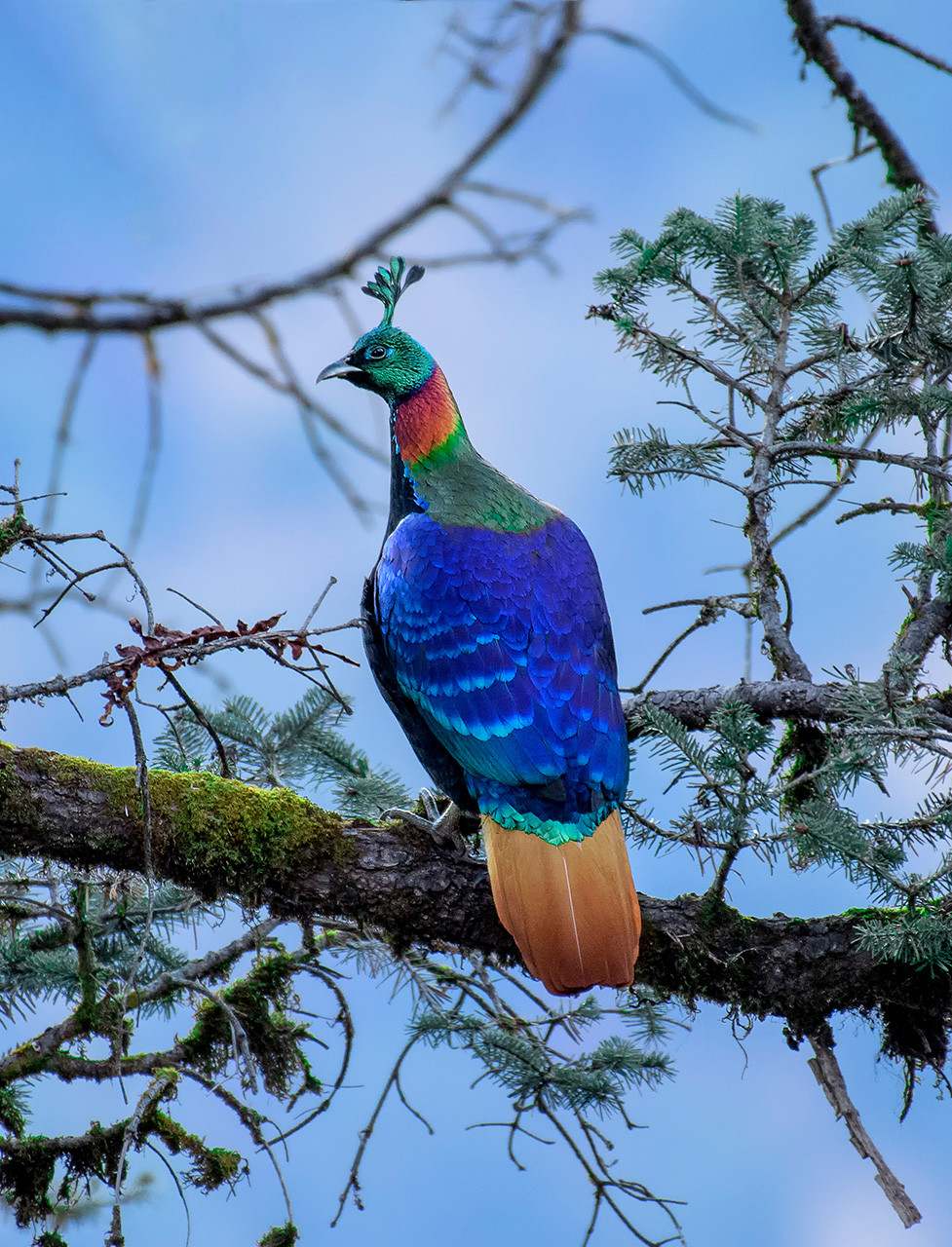

The national park does have its fair share of forest cover as trees like sal, sissoo, khair, pipal, and silk cotton. Since most parts of the national park are open, people often site more animals here than in Chitwan. The flora and fauna are similar to Chitwan National Park as it has Bengal tiger, Asian elephants, one-horned rhinoceros and leopards. Bardiya National Park File: Bardiya is one of the most-visited national parks in Nepal.īardiya National Park in far-western Nepal is Nepal’s second home to the Bengal tigers. The park also has different river streams originating from the Barun glacier and the Hongu glacier which is home to snow trout, Himalayan mahseer, and catfish.īest time to visit: March – April or October – November 3. Locals say the park also has different medicinal plants like the yarsagumba, which is highly valued for its medicinal properties.
HIMALAYAN MONAL DIET FULL
The forest is full of rhododendron, oak, pine, and fir trees, and also has different species of bamboo. Birds like the Himalayan monal, satyr tragopan, snow pigeon, yellow-billed chough, and several species of eagles, falcons, and vultures are found in the area. One of the underrated national parks in Nepal, Makalu Barun is a birdwatchers’ paradise with over 400 species of birds found in the area. The park is also home to different species of primates, including the Assamese macaque and the grey langur. The national park also has clouded leopards, Himalayan black bears and musk deer. People have reported citings of snow leopards, red pandas and the Himalayan tahr. Located near the mountains, Makalu Barun is home to several rare and endangered species.
HIMALAYAN MONAL DIET TRIAL
Makalu Barun National Park Yak seen on the trial to Makalu base camp. Sal trees dominate the national park with over 70 per cent coverage with riverine forests covering most part of the national park along with grasslands.īest time to visit: February – April 2. The oldest among the national parks in Nepal, Chitwan is also known for its butterfly and insect diversity, with over 150 species of butterflies and countless species of insects. The place also has a wide range of aquatic animals like the mugger crocodile, gharials, Indian python, freshwater turtles and several species of fish, including the catfish, mahseer and carp. People from all over the world come here to see birds like the Bengal florican, the giant hornbill, the lesser florican, the Asian paradise flycatcher, the blue-throated barbet, the great egret, the spotted eagle, and the white-throated kingfisher. Since the park has both dense forests and wetlands, it is an ideal place for birds too. It is also home to Asian elephants, leopards, sloth bears, deer and wild boars. Also a UNESCO World Heritage site, the national park is home to over 700 wildlife species including endangered species like the Bengal tiger, the one-horned rhino and the gharial to name a few.

Chitwan National Park File: Chitwan is the most visited national park in Nepal.Ĭhitwan National Park is known for its rich biodiversity. Here is a list of national parks in Nepal and the information about wildlife and biodiversity that you can find here. Where else in the world can you find both the royal Bengal tiger and the snow leopard? Nepal has them both there are more such species in the national parks in Nepal. This means the country is incredibly rich in biodiversity and wildlife. There are the plains in the south, the Himalayas in the north and lots of hills in the middle. They live in the rhododendron forests in the high altitudes of the Himalayas and of Sichuan ( China).ĭue to habitat destruction and hunting, they have already become quite rare and threatened in their existence.File: Khaptad National Park is one of the most attractive national parks in Nepal. Their diet consists of insects and plant parts such as roots, tubers, bulbs and seed. The females and the young males do not have feathers with many colors they are reddish brown with some white parts. Īll the adult males have very atractive and shiny feathers of different metallic colors (colors appearing to be made of a metal). The type species of this genus is the Himalayan monal ( Lophophorus impejanus). Lua error in a at line 80: module 'Module:Taxonbar/exists' not found.Ī monal is a bird of the genus Lophophorus of the pheasant family, Phasianidae.


 0 kommentar(er)
0 kommentar(er)
